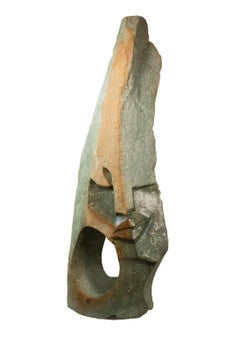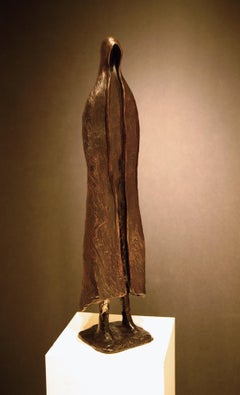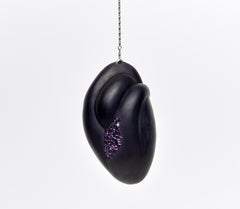Luckmore Joseph Art
Luckmore Joseph was born in 1979. He was interested in drawing and weaving baskets before he started carving. Luckmore later realised that carving was of paramount importance to him when he was employed by Sydney Majengwa as his assistant in 1999. He first gained experience working on torsos, then later embarked on creations of street beggars and pregnant women, varying the styles. Joseph gets the subjects for his sculptures after seeing the shape of the natural stone before he works on it. His sculptures carry messages to people and explain the daily routines of people like him. He carves because he wants people to know the good and the bad, the comedy and tragedy in life circles. Joseph’s philosophy has directed him to the subject issue of beggars. He wants to let people know that every country in the world has poor and rich people and both of them have the same equality and have the same right to life. Carving has become a way of life for Joseph, and he never can leave it for very long. When he is not working, he enjoys playing football.
Early 2000s Luckmore Joseph Art
Precious Stone
2010s Abstract Luckmore Joseph Art
Bronze
21st Century and Contemporary Contemporary Luckmore Joseph Art
Metal
1920s Old Masters Luckmore Joseph Art
Bronze
21st Century and Contemporary Contemporary Luckmore Joseph Art
Wood
Late 19th Century Old Masters Luckmore Joseph Art
Precious Stone
21st Century and Contemporary Contemporary Luckmore Joseph Art
Wood
21st Century and Contemporary Abstract Luckmore Joseph Art
Bronze
Late 19th Century Old Masters Luckmore Joseph Art
Precious Stone
2010s Abstract Luckmore Joseph Art
Bronze
20th Century Ming Luckmore Joseph Art
Precious Stone
2010s Abstract Luckmore Joseph Art
Bronze
21st Century and Contemporary Contemporary Luckmore Joseph Art
Glass, Paint, Precious Stone


